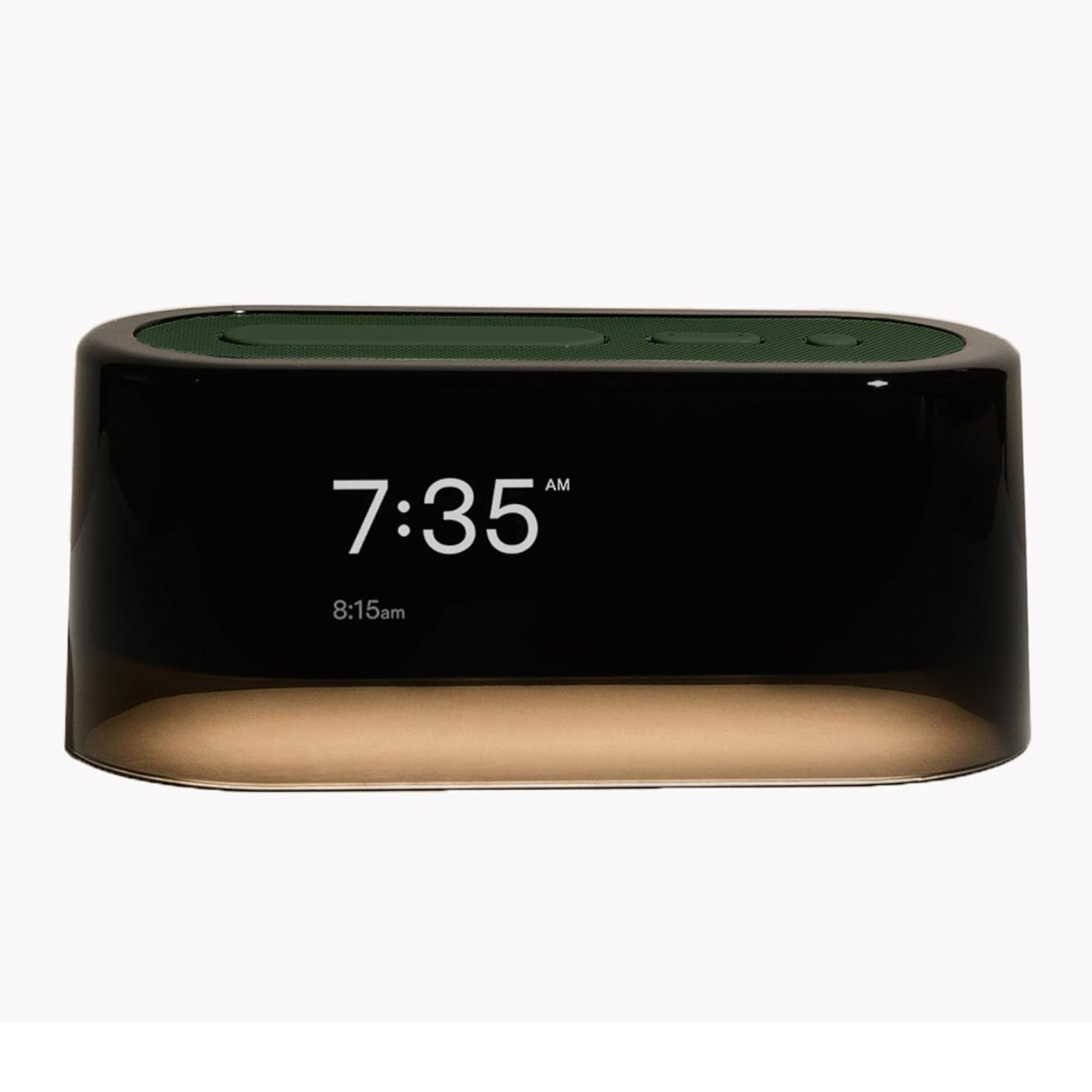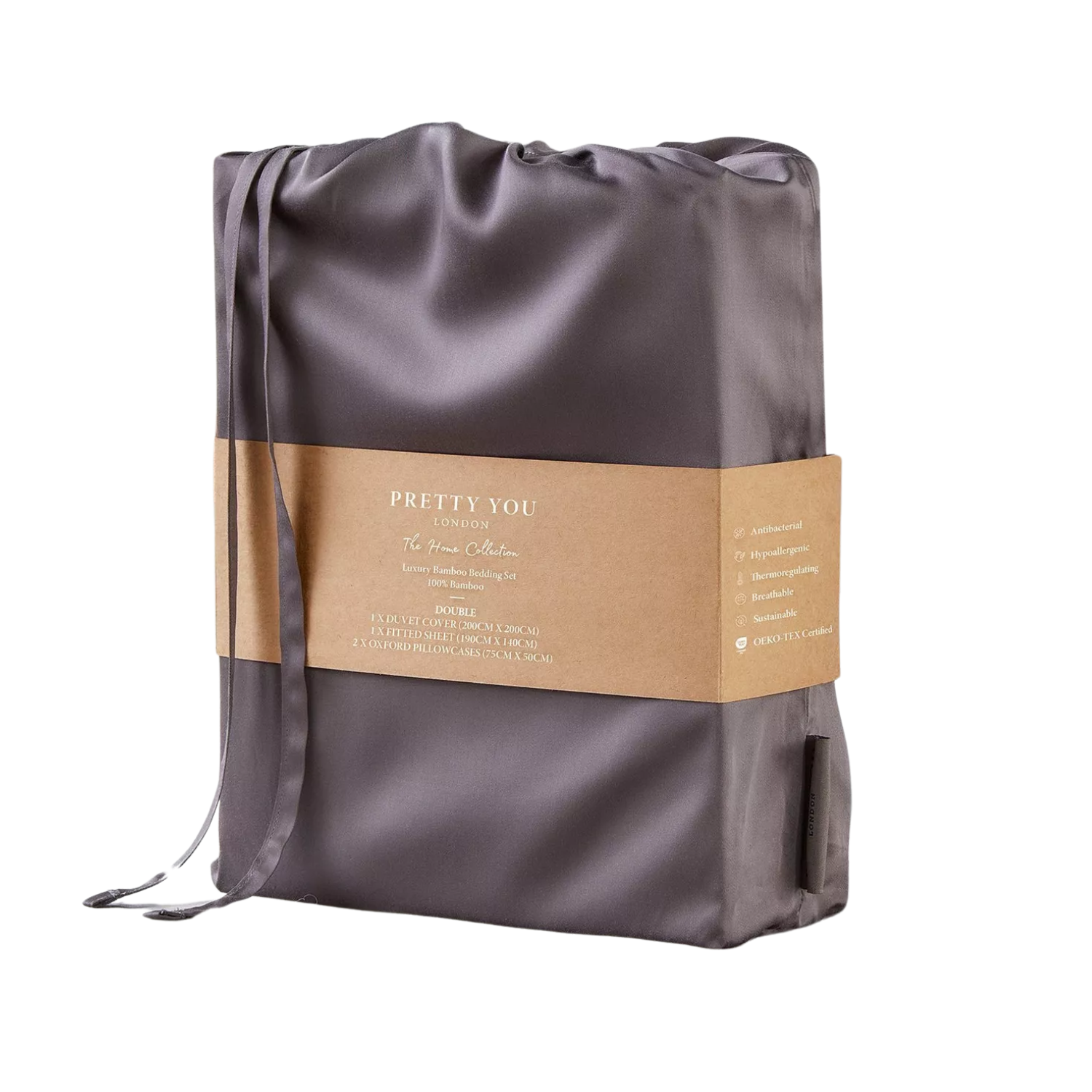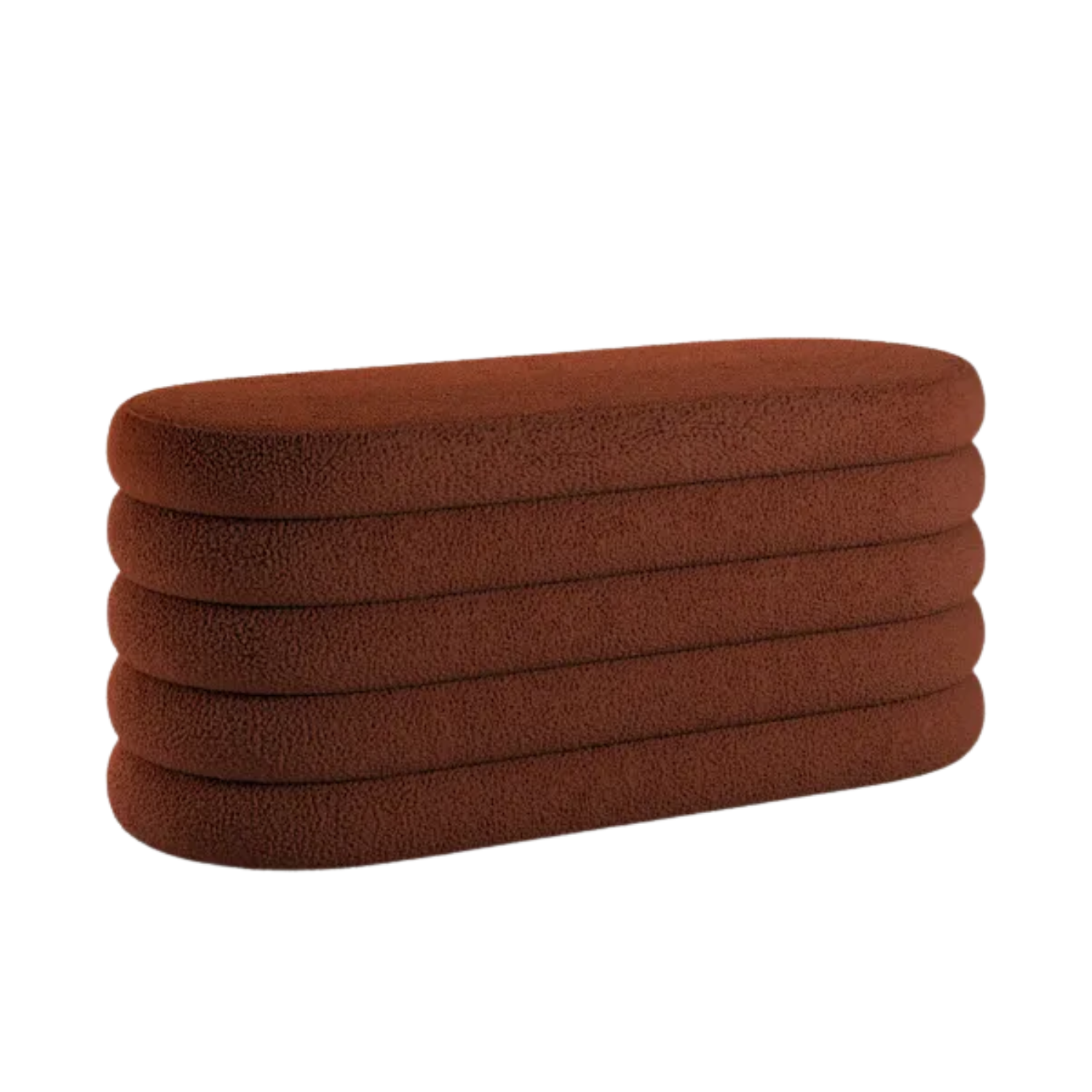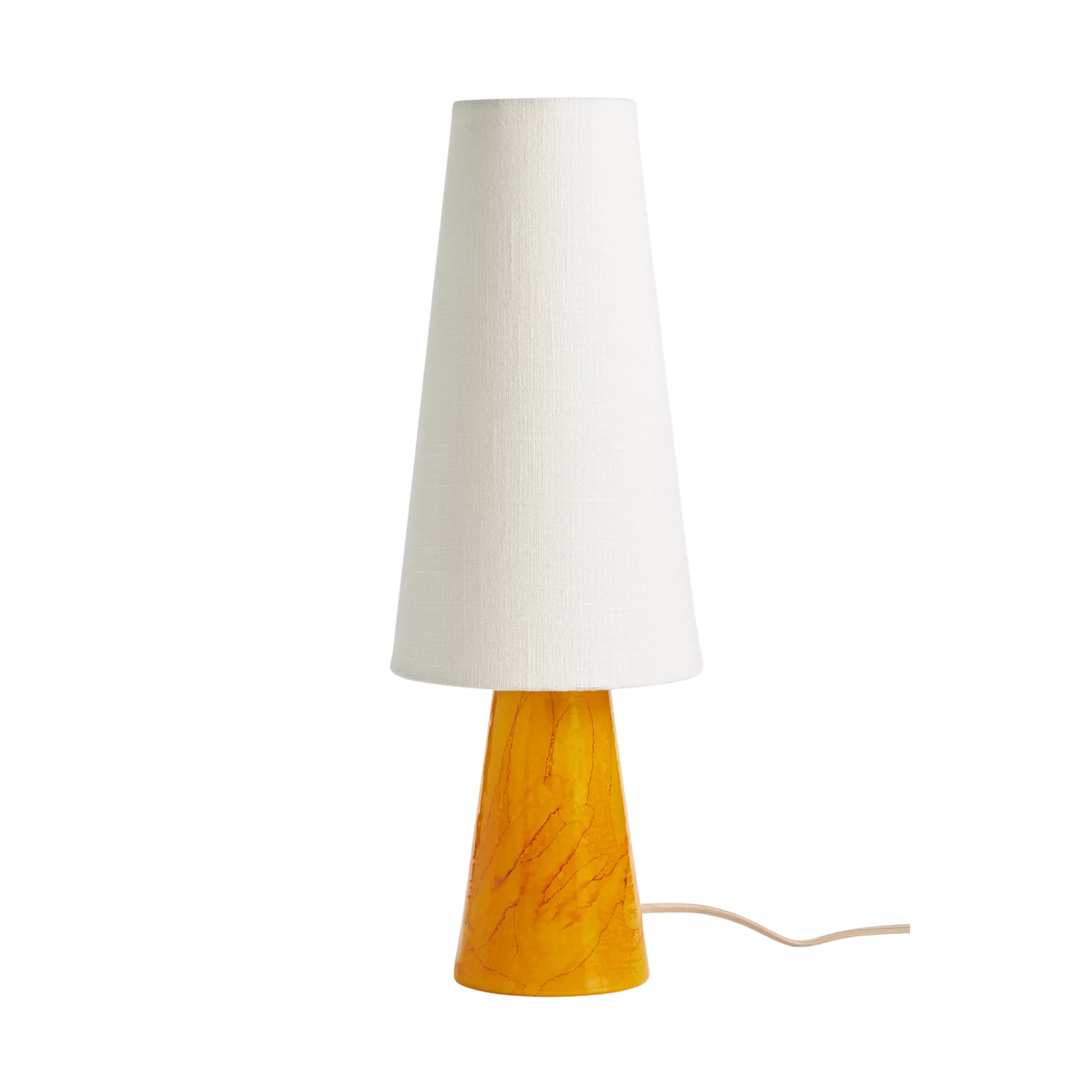How to Design a "Low-Cortisol" Bedroom — It Will Feel Calmer and Give You a Healthier Sleep
Let your space be a sanctuary that promotes healthy sleep and happy living with these expert tips
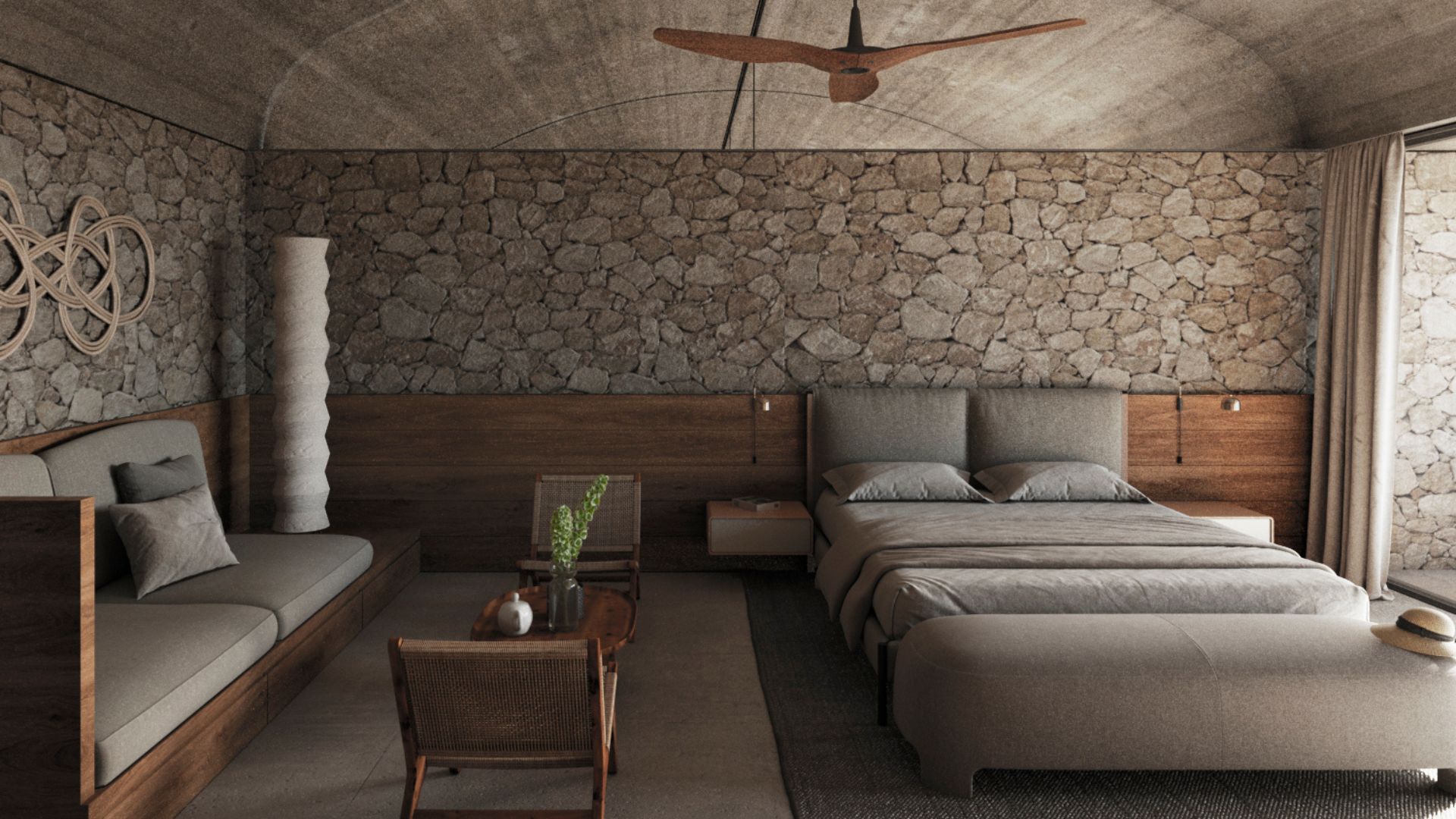

There are certain buzzwords that trickle off health pages and into the mainstream interior space, quickly forming the framework of design for the year ahead. And in 2025, one of the most uttered concepts I've heard of is that of low cortisol.
Casually known as the stress hormone, all health-conscious minds are looking for ways to reduce cortisol and learn how to sleep better. What if I told you that you could put down the supplements and try a more natural approach through design first?
Since cortisol is incredibly well-known for its influence on the sleep-wake cycle, the living space under review today is your bedroom. And these eight tips of advice from the experts will allow you to block out the busyness of life and wave your stress away from the comfort of your sleep sanctuary.
1. Strip Your Bedroom of Excess Tech
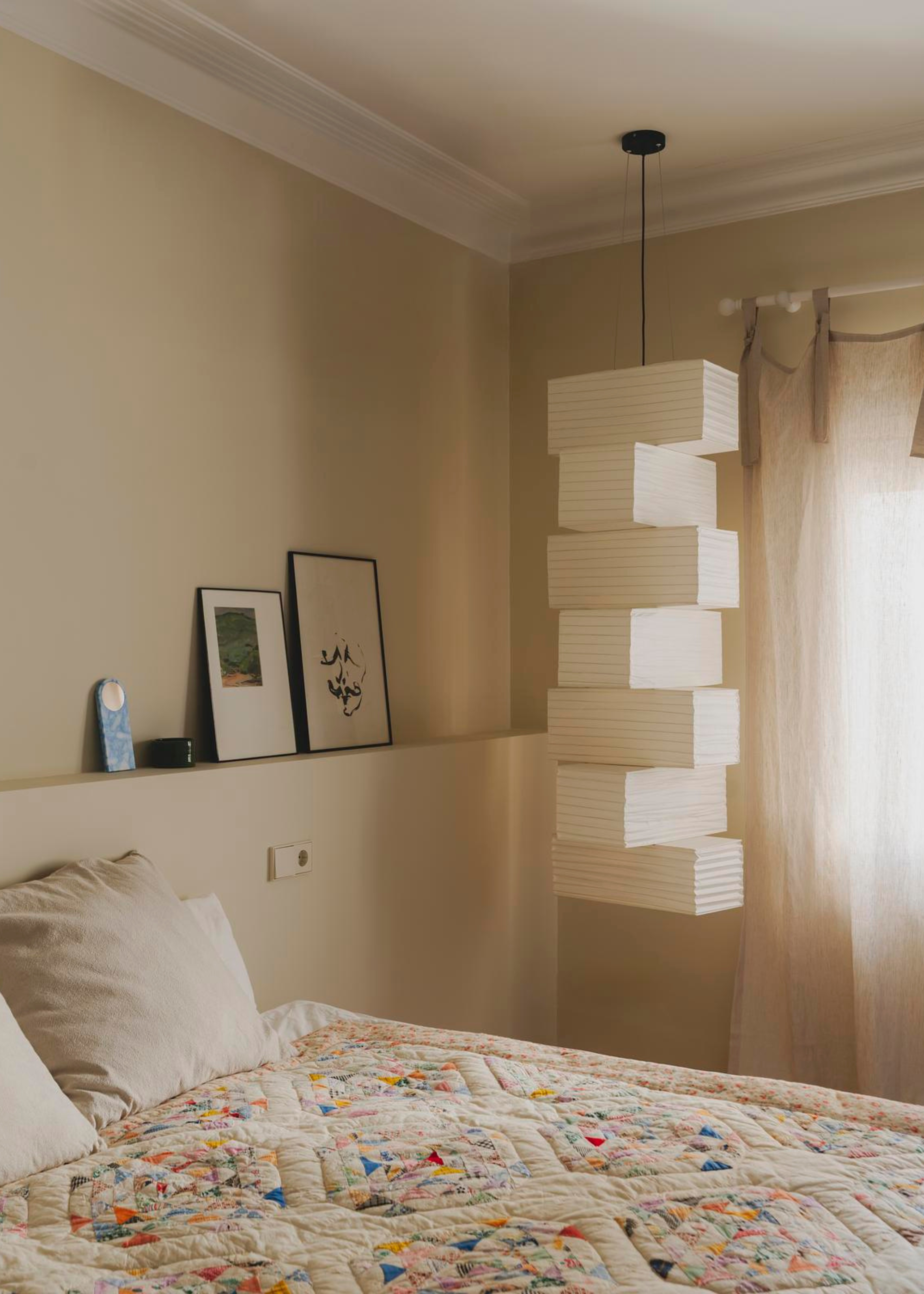
I hate to say it, but your mom's mantra of lowering tech use before bed was right all along.
It's hard to get away from tech these days. And while a digital detox corner helps, the best thing to do is keep your devices as far away from your bedroom as possible.
"Create a dedicated charging station outside the bedroom and bring back the good old-fashioned alarm clock," says interior designer Ashley Morgan. "Our phones are designed to stimulate, not soothe, and removing them eliminates both the light and the temptation to scroll."
And while I love a late-night romcom marathon from the comfort of my bed, Ashley tells me that televisions in the bedroom are another cause for increased cortisol.
"Televisions not only emit disruptive blue light but also often glow even when turned off," she explains. "They also keep our brains in 'on' mode. For a space that promotes restoration, removing the TV entirely makes a world of difference."
The Livingetc newsletters are your inside source for what’s shaping interiors now - and what’s next. Discover trend forecasts, smart style ideas, and curated shopping inspiration that brings design to life. Subscribe today and stay ahead of the curve.
As the CEO and visionary leader of Ashley Morgan Interiors, Ashley is recognized as the go-to luxury designer and trusted advisor in the region. Her approach is defined by a commitment to innovative design resources, passionate expertise, and a personalized service that turns each project into a unique reflection of the families she works with.
2. Block Out Light Completely
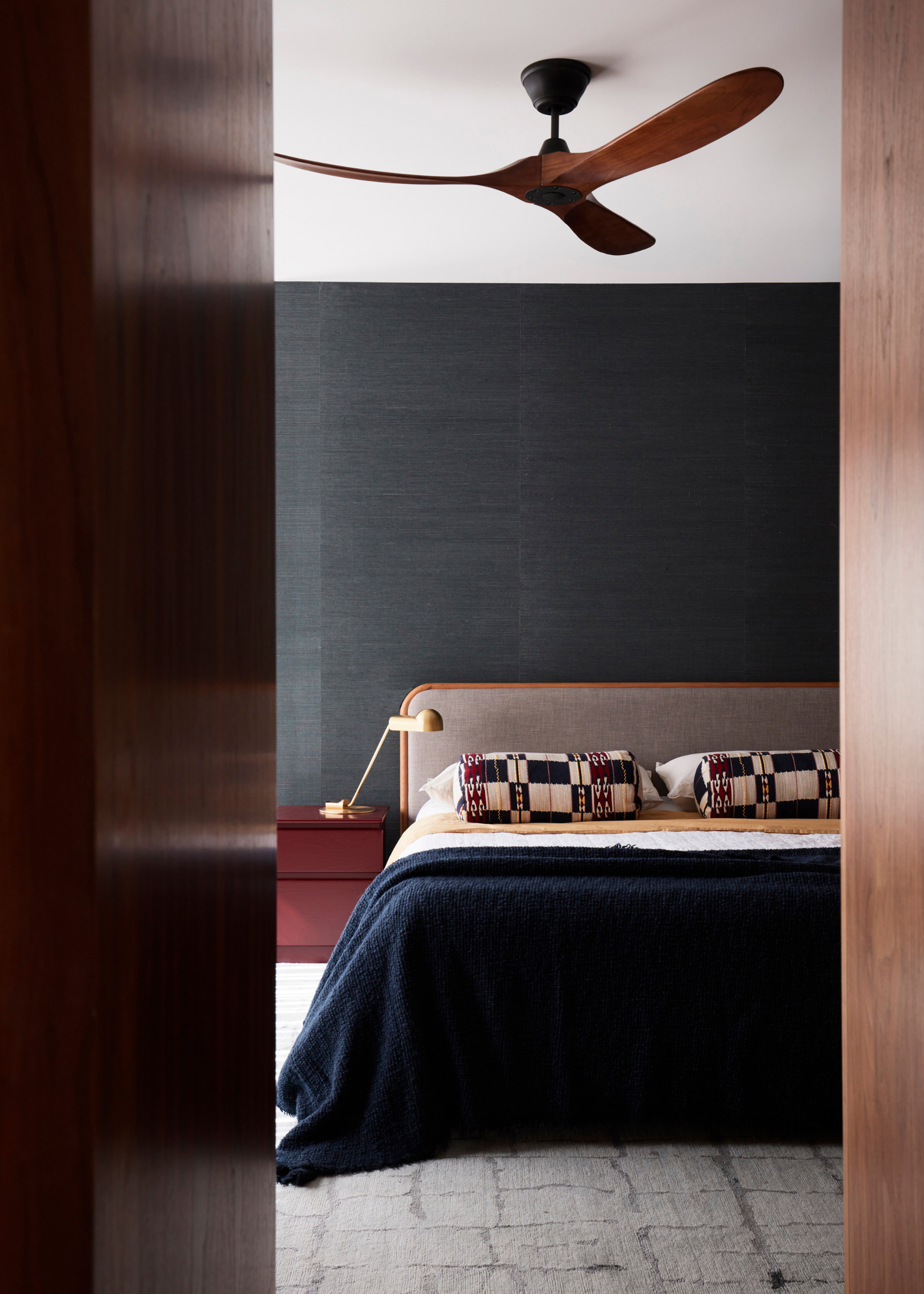
A no light zone by bedtime is the best trick in the book.
Once the sun begins to set and the sky goes dark, your body will naturally go into sleep mode. However, this calming down of your mind as you tuck yourself in can be quickly interrupted by even the slightest light.
"Outside light, even just a streetlamp or early sunrise, can interfere with your natural circadian rhythm," says Ashley. "I recommend blackout drapery paired with a cornice board, which prevents even the glow that escapes above the window."
Learning how to make your bedroom darker is the key to designing a low-cortisol bedroom that promotes deep sleep rather than robbing you of your sweet dreams. And these Boucle Pair Blackout Eyelet Curtains from John Lewis are the perfect treat.
3. Prioritize a Natural Bedscape
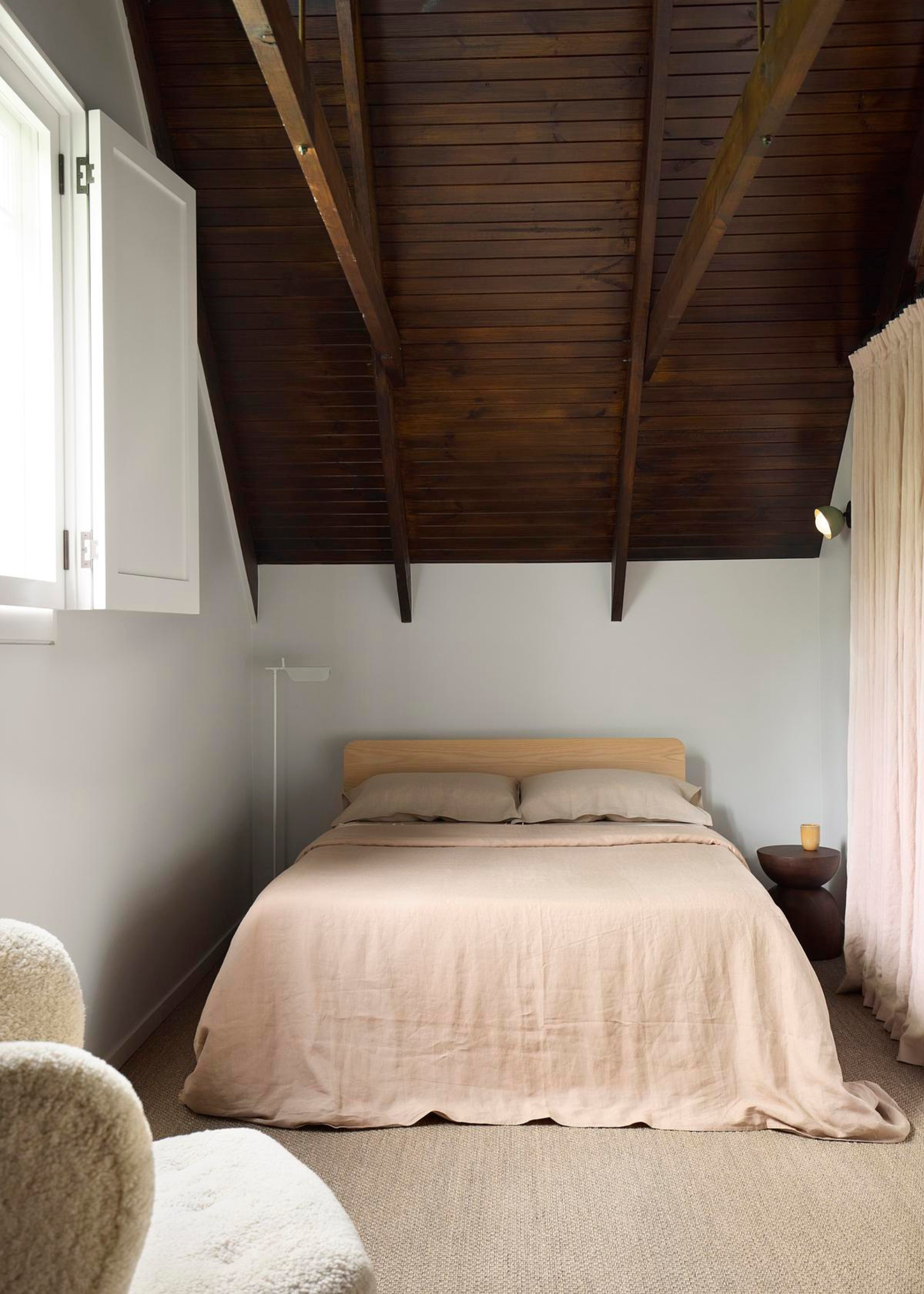
Rid your room of synthetics and go all natural.
Phoebe Street, sleep expert at Pretty You London, tells me that the underrated trick to designing a low-cortisol bedroom begins with your bedding choice. "It plays a much bigger role than you might think. When you’re stressed, your cortisol levels go up, and if they stay high at night, they can throw off your body’s natural temperature regulation," she notes.
"If your sheets are made from synthetic materials that trap heat, you’re more likely to feel clammy, sweaty, and restless. This only keeps cortisol levels high, making it harder to get good quality sleep."
Instead, she recommends investing in natural, breathable fabrics for your bedding. Her top choice? Bamboo bedding. "They help keep your body temperature steady and wick away sweat naturally, keeping you cool, comfortable, and relaxed at night," she explains. "The result? Better sleep, lower cortisol."
Phoebe Street is the Brand Marketing Manager at Pretty You London, where she combines her expertise in fashion and sleepwear to help people sleep cooler and more comfortably. A specialist in breathable fabrics like bamboo, Phoebe leads the brand’s creative direction, making sure every product and campaign supports restful, feel-good sleep.
4. Stick to Muted, Restorative Colors
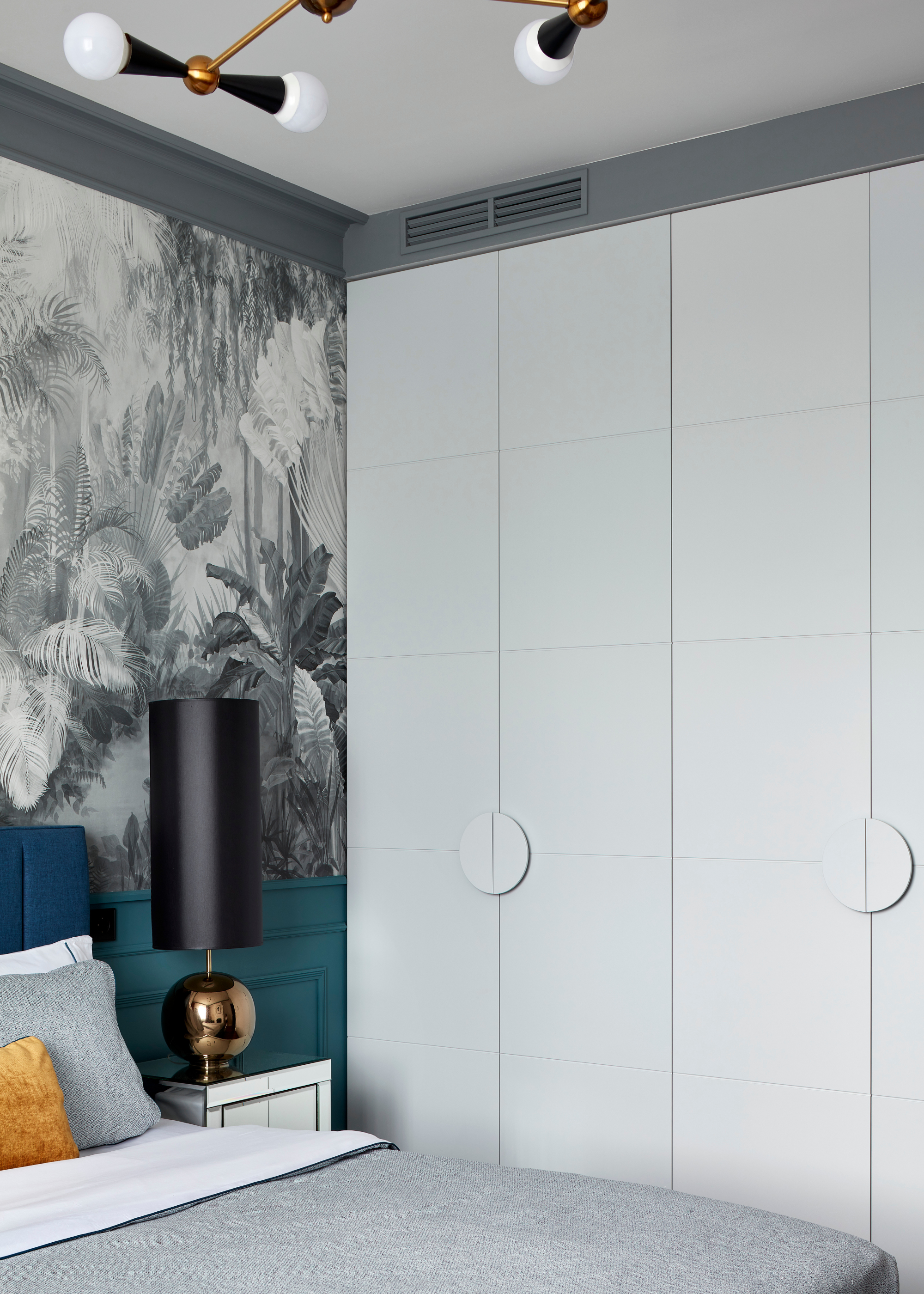
A calming bedroom requires a restorative color scheme.
"In the bedroom, the color palette should be calming," says Ashley. "I love muted palettes like soft blues, pale greens, warm beiges, and creamy whites. These tones promote tranquility and won’t overstimulate your senses at the end of a long day."
Interior designer and founder of LN Studio, Lara Nancy Cupido, also tells me that it's important to identify the best colors for sleep. And muted, restorative paint colors are the ideal choice.
"When walls are painted a soft sea-foam green, it feels calm," she says. "Almost like your bedroom is already telling you to relax and just breathe."
Lara brings an artistic eye and architectural expertise to every project. Trained in Toronto and Milan, she has over fifteen years of experience in design and construction management. She holds an undergraduate degree in architectural theory and fine art history from the University of Toronto, as well as a master’s degree in interior design from the Scuola Politecnica di Design. Her design style marries artful inspiration with fine, functional details intended to improve the way our clients live.
5. Make Your Bedroom a No Clutter Zone
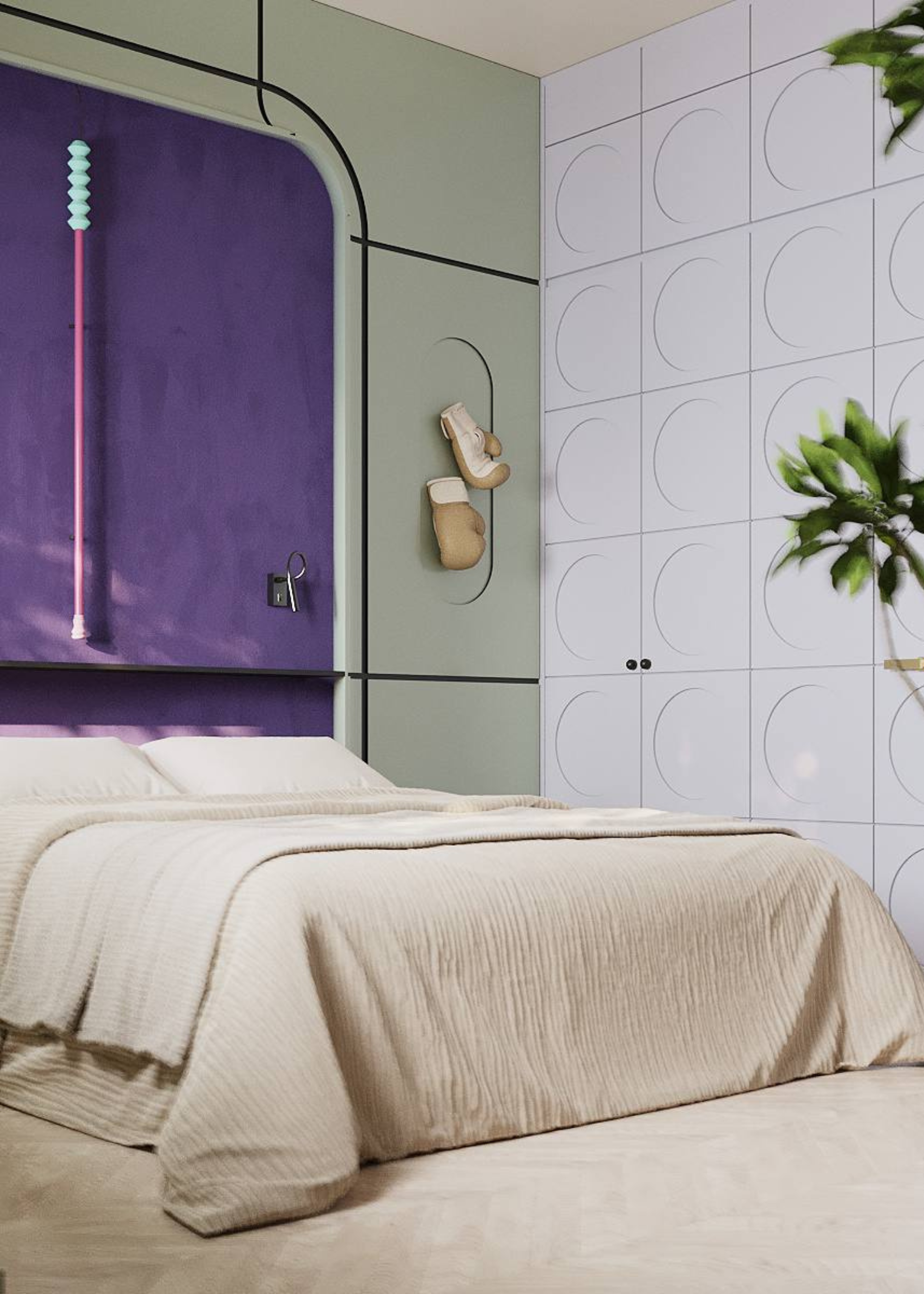
Banish clutter from your bedroom and watch your stress go with it.
Of all the spaces in your home, you might think it best to keep your entertainment spaces pared back and clutter-free. And while that is essential when you're hosting, your bedroom hosts you every night, and yet it's often found busied by clutter.
"Bedrooms should feel like a retreat, not a storage unit," Angela explains. "Too many visible items can visually overload the space and mentally overload the person in it. Keep surfaces clean, decor purposeful, and storage out of sight."
So let it be known that decluttering your bedroom and maintaining its tidiness is undoubtedly one of the best things you can do to design a low-cortisol sleeping space. Followed only by learning how to organize your bedroom well, too.
6. Switch Overhead Lighting for Lamps

Lamps are at the heart of a low-cortisol bedroom.
When you think of beautiful bedroom lighting, you might visualize a room with glowy lamps, bedside sconces, and an elegant overhead fixture. But Ashley tells me that your low-cortisol bedroom can afford to do without the latter.
"Soft, diffused light from bedside lamps or sconces helps signal to your body that it’s time to wind down," she explains. "Overhead fixtures, especially bright ones, do just the opposite. And this can contribute to keeping cortisol levels elevated and sleep at bay."
So if your bedroom has big, bright windows that let the daylight in, you might want to consider swapping out your overhead lighting for warmer table lamps instead. And if you can't afford to get rid of your ceiling light for good, make it a point to keep its use to a minimum before bed.
7. Keep Decor at a Minimum

Keep it simple with minimalist decor in muted hues.
"Ultimately, a well-designed bedroom should feel like an exhale," says Ashley. "Each decision, from window treatments to lighting, should help your body transition from alert to at ease. That’s where real rest begins."
And she points out that the decorative choices you make within the walls of your bedroom are not exempt from elevating cortisol either. So while you might want a vibrant painting right above your bed or a loud sofa seater in the corner of your room, they might not be the right choice for a low-cortisol bedroom.
But that doesn't mean that your bedroom has to be bland by any means. You can go for more cozy bedroom ideas by introducing minimalist tufted rugs, meaningful framed photos, and simplistic vases for a floral finish.
8. Perfume Your Room With a Calming Scent

Don't forget to cater to your sense of smell.
Learning how to make your bedroom smell nice is another important aspect of designing a low-cortisol bedroom. Not only do the right bedroom fragrances add to the general ambiance of the space, but they also seamlessly set the mood for sleep.
"If you haven't tried this trick already, a few drops of lavender oil on the pillowcase is my personal favorite cue to wind down," says Lara. "It’s a tiny ritual that really helps me nod off."
Whether your perfuming potion comes in the form of linen sprays or essential oils like Lara, you can also share this subtle scenting trick for when you're next playing host. Make your guest bedroom smell like a hotel and lower cortisol in one spritz.
FAQs
How Does Cortisol Affect Sleep?
"High cortisol, the hormone linked to stress, can keep you awake when you want to be winding down," says Phoebe. "That’s why designing a low-cortisol bedroom is all about creating a space that helps your body switch off and relax."
Now that your bedroom's cortisol-elevating tendencies have been tended to, if you're still having trouble sleeping and you have the heat to blame, take a look at our guide to beating summer insomnia. And finally get the good night's rest you deserve.

Amiya is a Home Wellness Writer at Livingetc. She recently graduated with a Masters Degree in Magazine Journalism from City, University of London, and has lent her words to beauty, fashion, and health sections of lifestyle publications including Harper’s Bazaar and Women’s Health. Her experience as a research analyst has equipped her with an eye for emerging trends. When she’s off the clock, she can be found reading, listening to music, or overanalyzing her latest Co-Star update.
